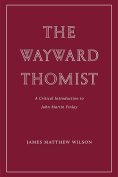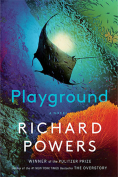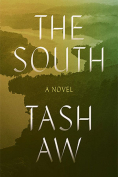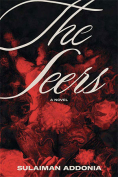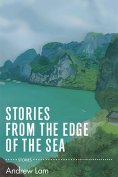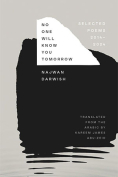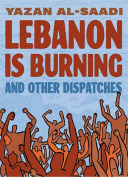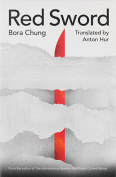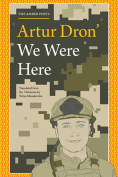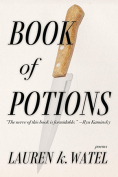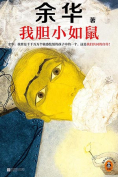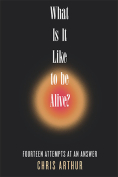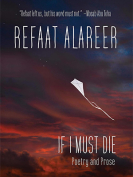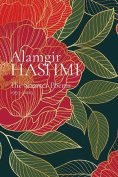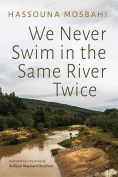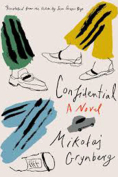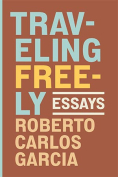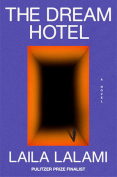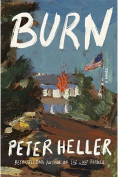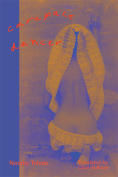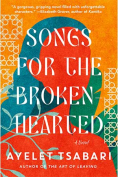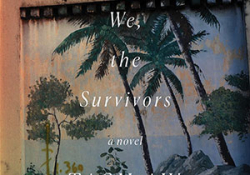The South by Tash Aw
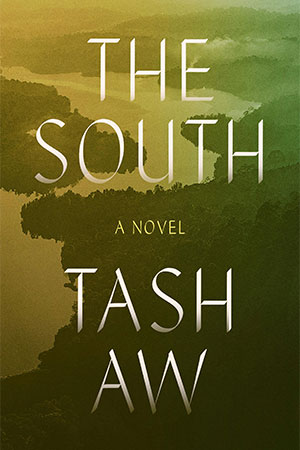
New York. Farrar, Straus and Giroux. 2025. 282 pages.
The Malaysian London-based author Tash Aw has won consistent critical acclaim since the publication of his first novel, The Harmony Silk Factory, in 2005. His new work, The South, is a masterful, poignant examination of the fortunes and failures of one family living out a painful summer on their farm in rural Malaysia, rendered in elegant, unassuming prose. The novel is written principally from the perspective of sixteen-year-old Jay, the youngest child of the Lim family. Since much of the action focuses on him and his development, especially in the romantic sphere with farmhand Chuan, it would be easy to consider this a coming-of-age story, which it is, but the strength of the novel is in its breadth. The adult figures, such as his mother, Sui Ching; the farm manager, Fong; and Jay’s father, Jack, are drawn with equal sensitivity and depth.
In the understated yet lyrical opening chapter, Jay and Chuan walk through an orchard on the farm and mull the death of ancient trees. “Cutting down a tree is worse than killing a human being,” Jay says, to which, Chuan replies, “What do you know about death . . . have you ever killed someone?” The exchange between them announces a number of the novel’s central conflicts, some of which are about attitude—sensitivity versus pragmatism, idealism versus realism—and some of which are about status—class, generation, culture (Chuan is a laborer with limited prospects; Jack is a bourgeois city boy).
As the morbid tone of their conversation may suggest, the mood at the novel’s start is of ambient decline. Jay’s parents are, it seems, on the brink of divorce; his father, a math teacher with a “notoriously quick temper,” is in crisis, and the farm is christened a “wasteland” by one of Jay’s older sisters, Lina. Malaysia is in economic turmoil; there is a “constant haze of bad news from around the region.” Amid all this, Jay is expected to grow, like any other living part of the family estate, a not inconsiderable challenge given that his own father sees him as “condemned to a life of mediocrity.”
Inheritance (in both the material and emotional sense) and dependence also play their role in the novel’s events. The farm itself was inherited by Sui from her father-in-law but is run by the melancholic figure of Fong—Chuan’s father—whose attempts to revitalize the ailing terrain are mocked by Jack. In the first chapter recounted from Fong’s point of view, we read his own pithy analysis of the situation: “Jack’s money + status = Fong’s dependency + perpetual labour.” Also longing for emancipation of some sort but unable to achieve it is Sui. In a particularly poignant chapter, she enters Jay’s room with the intention of confiding in him her marital woes. She has rehearsed what she will say and imagines how she will hold her nerve when she finally expresses herself. She does not, however, go through with it.
Moments like this, when we are given access to the most intimate recesses of the character’s minds and observe the distance between their inner and outer realities, make for captivating and, in this instance, heartrending reading. Sui and Fong will have a conversation about the farm’s diseased tamarind trees, a symbol of their own lives. “They’re old and sick too, you know,” Fong says, to which Sui responds, “But they’re still alive and still beautiful.” In a lesser novelist, the symbolism could feel heavy-handed, but because the prose is so naturalistic, it does its work to subtle yet powerful effect.
The novel begins with the boys’ conversation about the death of trees, but a page later, they are in the throes of passion, a moment Jay has yearned for. We are presented with death, but immediately after it comes desire and, with it, life. The romantic entanglement of the two boys is a slow burn, building intensely over the novel’s pages. Aw’s delicate exploration of the tenderness of the hopes and desires of the younger generation, and their vitality, is what leavens the work as a whole.
Most of the chapters are recounted in the present tense, in close third person, switching between the perspectives of the major figures. There are, however, occasional chapters in the first person narrated by Jay in which events are related in the past tense. We observe teenage Jay, but we also hear the voice of the adult, looking back at his younger self. This is what gives the novel its cautious, sweet note of optimism amid the disappointment and decay. We know that Jay grew up, and, it seems, he blossomed: the consciousness looking back on the events of this summer is anything but mediocre.
M. S. Adamska
Paris
